Your rabbit’s diet determines everything—from its shiny fur to its energy and even its lifespan. Yet, many rabbit owners still wonder: What exactly should my bunny eat? The truth is, the wrong food can cause serious digestive issues, while the right mix helps your pet thrive for years. This comprehensive guide breaks down everything you need to know about rabbit rabbit food, feeding schedules, portion sizes, and how to build the perfect balanced diet for your furry companion.
Understanding Rabbit Rabbit Food Basics
A rabbit’s digestive system is unlike any other pet’s. Rabbits are strict herbivores and require a diet rich in fiber, moderate in protein, and low in sugar and fat. They rely on continuous chewing and grazing to keep their ever-growing teeth healthy and their gut bacteria balanced.
Why Diet Matters So Much
Rabbits don’t just eat for pleasure—they eat for survival. Their teeth grow continuously, and only rough fiber from hay and greens keeps them from overgrowing. A poor diet can lead to GI stasis, a potentially fatal condition where digestion slows down or stops.
Benefits of a balanced diet:
- Strong teeth and bones
- Healthy weight and energy levels
- Shiny, smooth coat
- Improved lifespan (up to 10–12 years for well-fed rabbits)
The 3 Essential Components of a Healthy Rabbit Diet
A well-rounded rabbit meal plan consists of hay, fresh vegetables, and pellets—each with a specific role in maintaining optimal health.
1. Hay — The Foundation of All Rabbit Rabbit Food
Hay makes up about 80–85% of a rabbit’s daily food intake. It’s rich in fiber and essential for both digestion and dental care.
Best Types of Hay
| Type | Ideal For | Fiber | Notes |
| Timothy Hay | Adult rabbits | High | Gold standard; prevents obesity |
| Orchard Grass | Sensitive stomachs | Medium | Soft texture, sweet smell |
| Oat Hay | Variety feeding | Medium | Crunchy; adds texture |
| Alfalfa Hay | Baby rabbits | High protein, high calcium | Only for young or underweight rabbits |
Storage Tip: Keep hay in a dry, cool place with airflow. Avoid plastic bags that trap moisture and cause mold.
“If hay isn’t always available to your rabbit, think of it as taking away their toothbrush and lunch at the same time.” — Veterinary Nutrition Association
2. Fresh Vegetables — Nature’s Nutrient Boost
Vegetables add essential vitamins and minerals to your rabbit’s diet while keeping them hydrated. Always introduce new greens gradually to avoid digestive upset.
Safe Vegetables for Rabbits:
- Romaine lettuce
- Parsley
- Cilantro
- Kale (in moderation)
- Dandelion greens
- Bok choy
- Bell peppers
Avoid These:
- Iceberg lettuce (causes diarrhea)
- Potatoes
- Onions and garlic
- Tomato leaves
Feeding Tip: Offer about 1 cup of fresh greens per 2 lbs of body weight daily. Mix 3–4 different veggies for variety.
3. Pellets — Supplement, Don’t Substitute
Pellets are concentrated sources of nutrition but should never replace hay or greens. Choose high-fiber pellets made from timothy hay and avoid those with seeds, colored bits, or sugary treats.
Choosing the Right Pellets:
| Brand | Fiber % | Notes |
| Oxbow Essentials | 25% | Excellent for adult rabbits |
| Sherwood Pet Health | 22% | All-natural ingredients |
| Small Pet Select | 24% | No fillers or artificial colors |
Feeding Guide:
- Adult rabbits: ¼ cup per 5 lbs of body weight daily
- Baby rabbits: Unlimited pellets until 7 months old
Treats and Snacks — What’s Safe and What’s Not
Rabbits love treats, but moderation is key. Overfeeding sugary foods can lead to obesity and dental decay.
Healthy Treat Options
- Small apple or banana slices
- Berries (blueberries, strawberries)
- Homemade rabbit cookies (oats + mashed banana)
Foods to Avoid Completely
- Chocolate and candy
- Dairy products
- Bread and crackers
- Nuts and seeds
“Think of rabbit treats like dessert for humans—fun occasionally, but never a main course.”
Feeding Schedule and Portion Control
Rabbits thrive on routine. Feeding them at consistent times helps maintain digestion and reduces stress.
Sample Daily Schedule:
| Time | Food Type | Portion |
| Morning | Fresh hay + small portion of pellets | Hay unlimited / Pellets per weight |
| Noon | Mixed vegetables | 1 cup per 2 lbs body weight |
| Evening | Hay refill + small fruit treat | Hay unlimited / Fruit small portion |
Portion Control Tips:
- Monitor droppings (small or hard droppings indicate low fiber).
- Adjust portions if weight changes noticeably.
- Remove uneaten veggies after 2–3 hours to prevent spoilage.
Rabbit Rabbit Food for Different Life Stages
Baby Rabbits (Kits)
Young rabbits under 6 months need high-calcium alfalfa hay and unlimited pellets for growth. Gradually introduce leafy greens after 12 weeks.
Adult Rabbits
Switch to timothy or orchard hay and reduce pellets to prevent weight gain. Vegetables should now make up 10–15% of their diet.
Senior Rabbits (6+ Years)
Older rabbits often face dental wear or slower digestion. Offer softer hays and smaller, more frequent meals. Consult your vet about supplements if your rabbit becomes underweight.
Hydration and Supplements
Clean, fresh water must be available 24/7. Rabbits can drink from both bowls and sipper bottles, but bowls often encourage better hydration.
Hydration Facts:
- Rabbits drink roughly 50–150 ml of water per kg body weight daily.
- Dehydration leads to sluggish digestion and urinary issues.
Supplements (Use Only if Needed):
- Vitamin D drops (for indoor rabbits with no sunlight exposure)
- Probiotics during digestive stress
- Calcium-reduced mineral blocks for older rabbits
Common Diet Mistakes and How to Avoid Them
Even loving rabbit owners can make feeding errors. Here’s what to watch out for:
| Mistake | Consequence | Fix |
| Overfeeding pellets | Obesity, soft stools | Limit to ¼ cup per 5 lbs |
| Ignoring hay quality | Dental overgrowth | Use fresh, aromatic hay |
| Too many fruits | Diabetes risk | Offer fruits 2–3 times a week |
| Sudden diet changes | GI stasis | Transition slowly over 2 weeks |
| No feeding schedule | Stress and irregular digestion | Feed at consistent times |
Quick Tip: Always check your rabbit’s droppings—they tell you everything about their gut health. Healthy droppings are round, dry, and consistent in size.
How to Transition to a New Rabbit Food
Rabbits have delicate digestive systems, so changing food suddenly can cause severe upset. Follow this gradual transition plan:
Week-by-Week Transition:
| Week | Old Food | New Food |
| 1 | 75% | 25% |
| 2 | 50% | 50% |
| 3 | 25% | 75% |
| 4 | 0% | 100% |
Watch for signs of distress:
- Reduced appetite
- Smaller or softer droppings
- Lethargy or bloating
If any appear, revert to the previous mix and contact your vet.
FAQs About Rabbit Rabbit Food
Q1: What’s the best rabbit food brand?
A: Oxbow, Sherwood, and Small Pet Select are highly rated for natural ingredients and balanced fiber.
Q2: Can rabbits eat carrots every day?
A: No. Carrots are high in sugar—use them as treats, not daily food.
Q3: How much hay should my rabbit eat?
A: Unlimited hay is best. Refill it at least twice daily.
Q4: Are store-bought treats safe?
A: Only if they’re made from natural ingredients and free of seeds or added sugars.
Case Study: From Picky Eater to Healthy Hopper
Meet Luna, a 2-year-old mini lop rabbit rescued from a pet store. Luna refused hay and only ate pellets, leading to dental issues and sluggish digestion.
After introducing fresh timothy hay mixed with herbs and gradually reducing pellet portions, Luna began eating hay regularly. Within six weeks:
- Her teeth improved naturally
- Her energy doubled
- Her coat regained its shine
Lesson: A rabbit’s natural diet always works better than overprocessed pellets or sugary snacks.
Daily Rabbit Feeding Guide by Weight and Age
| Weight | Hay | Pellets | Veggies | Treats |
| 2–3 lbs | Unlimited | ⅛ cup | 1 cup | Small fruit piece |
| 4–6 lbs | Unlimited | ¼ cup | 2 cups | Small fruit piece |
| 7–10 lbs | Unlimited | ⅓ cup | 3 cups | Small fruit piece |
Final Thoughts — Building a Lifelong Healthy Rabbit Diet
Feeding your rabbit isn’t complicated once you understand its natural needs. The ideal rabbit rabbit food plan is built on hay, supported by fresh vegetables, and complemented by limited pellets. Add a few healthy treats and clean water, and you’ve created a balanced diet that promotes longevity, vitality, and happiness.
Remember, the best diet mirrors what rabbits eat in the wild: simple, fibrous, and full of natural greens. Observe your bunny’s habits, adjust when needed, and make mealtime a joyful part of its day.
“When you feed your rabbit right, you don’t just fill its stomach—you fill its life with health and happiness.”
Related Resources:
- House Rabbit Society Diet Guide
- RSPCA Rabbit Feeding Advice
- Oxbow Animal Health Rabbit Nutrition
Summary Table: Key Takeaways
| Category | Key Point |
| Main Food | Hay should make up 80% of diet |
| Vegetables | 1 cup per 2 lbs daily |
| Pellets | Limited, high-fiber only |
| Treats | Rare and small portions |
| Water | Fresh daily supply |
| Common Mistake | Overfeeding pellets or fruits |
Healthy feeding builds a happier, longer-living rabbit—one hop at a time.
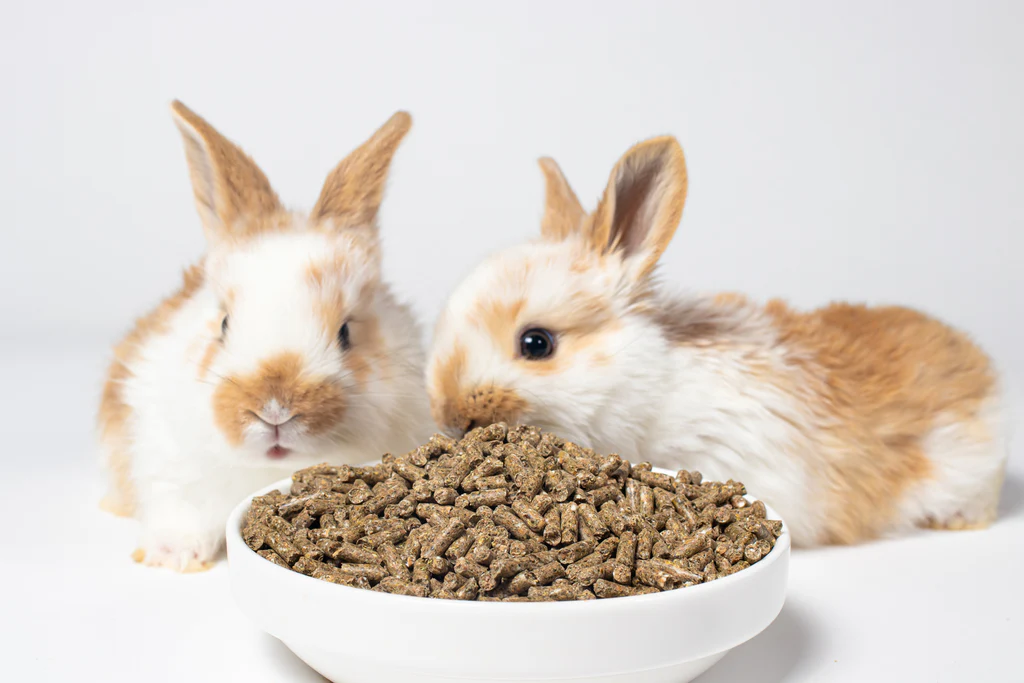
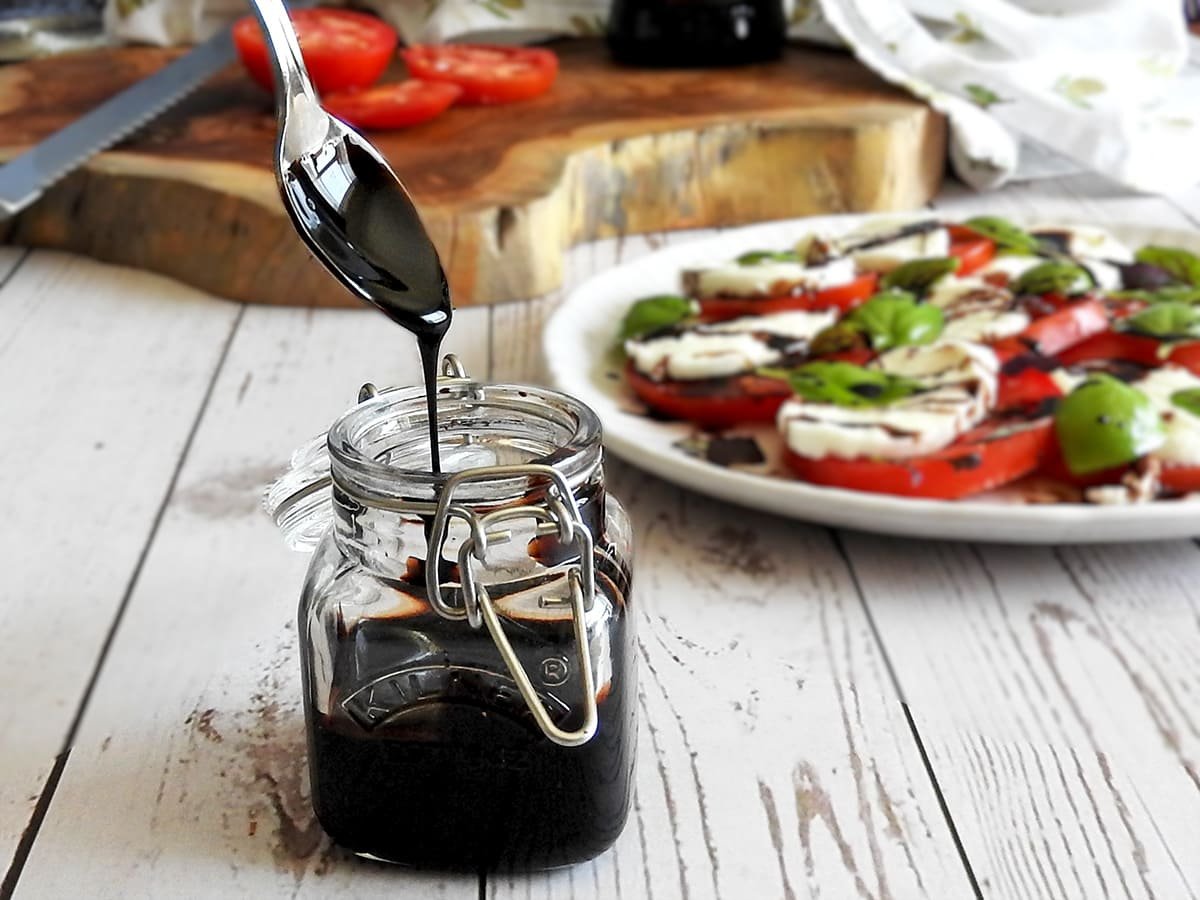
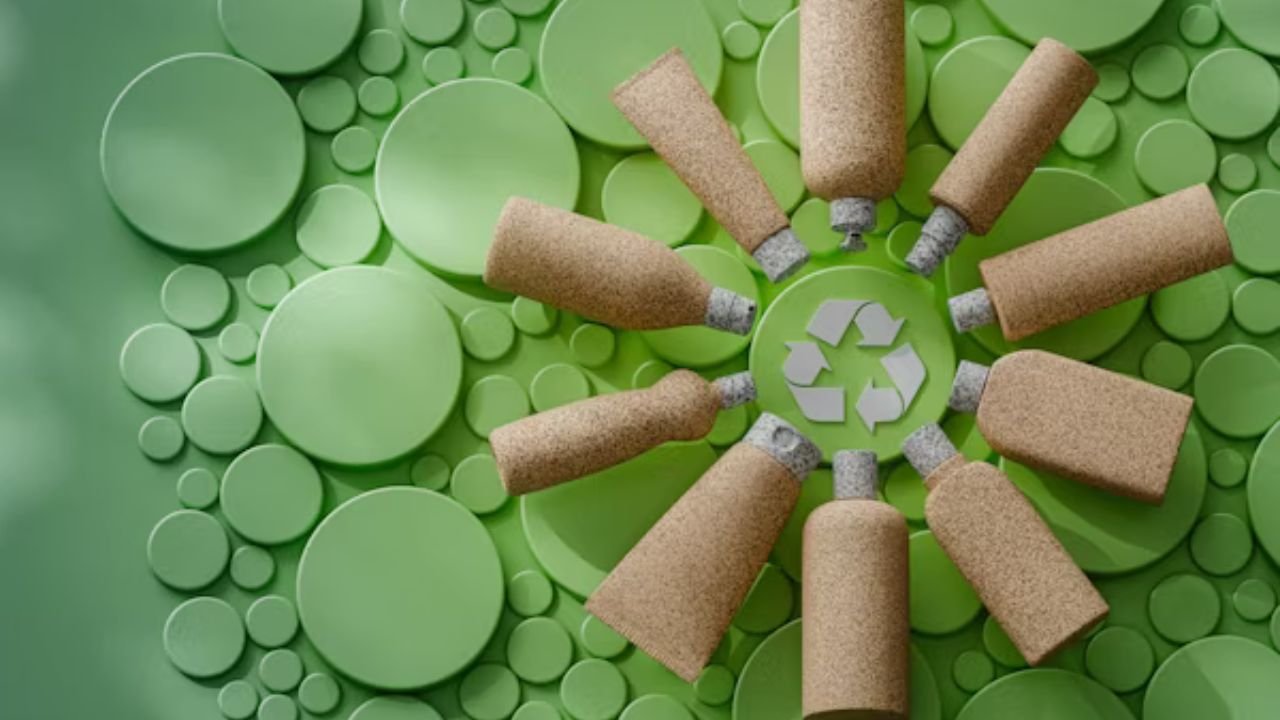
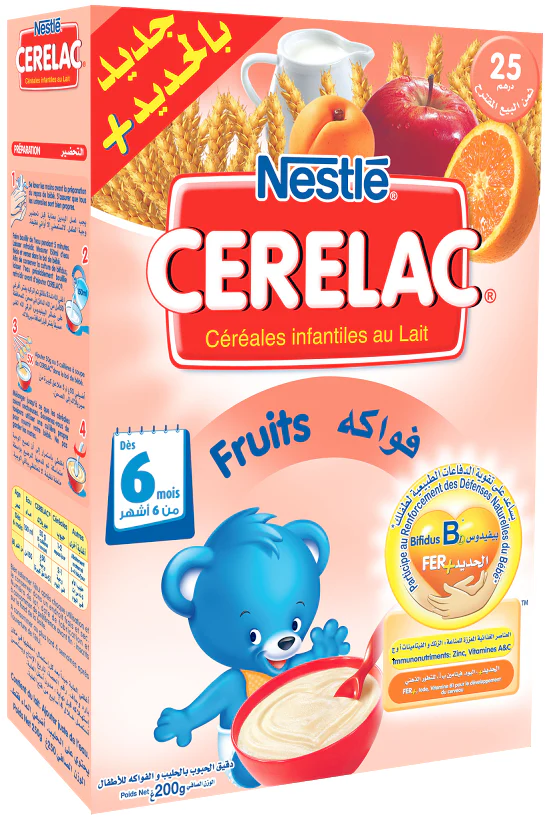

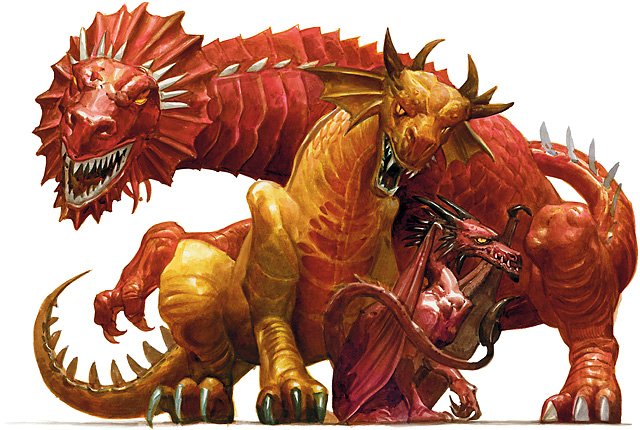




Leave a Reply